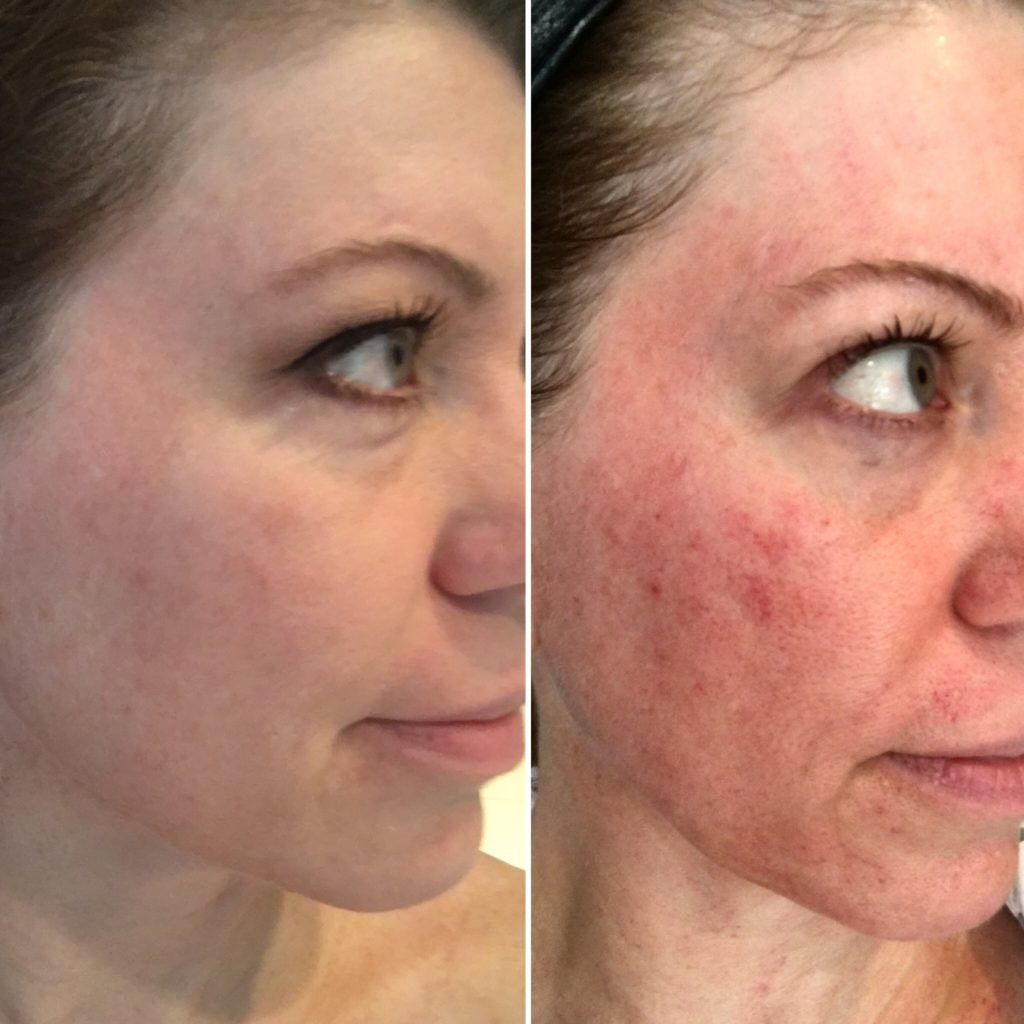Get ready to uncover the transformative power of dermaplaning! This popular skincare treatment gently exfoliates dead skin and removes vellus hair (“peach fuzz”), revealing a smoother, brighter complexion. This comprehensive guide will walk you through everything you need to know about dermaplaning, from pre-treatment preparation to long-term maintenance, empowering you to achieve radiant, glowing skin.
Preparing for Your Dermaplaning Session
A week before your appointment, start prepping your skin. Avoid harsh exfoliants, retinoids, and peels, as these can increase sensitivity. On the day of your treatment, cleanse your face thoroughly to remove makeup, dirt, and excess oil, providing a clean canvas for the esthetician. This pre-treatment prep helps minimize potential irritation and ensures optimal results. For soft, shiny hair, you may want to try a cholesterol hair conditioner.
The Dermaplaning Experience: What to Expect
After you’re comfortably settled, the esthetician will examine your skin to personalize the treatment. Using a sterile surgical blade at a 45-degree angle, they’ll gently glide across your skin, removing dead skin cells and vellus hair. The sensation is often described as a light scraping or ticking. While generally painless, some may experience mild discomfort or a slight burning sensation.
Post-Dermaplaning: Immediate Results and Aftercare
Immediately following your session, your skin will likely appear brighter and feel incredibly smooth. Some redness or slight swelling is normal and typically subsides within a few hours or a day or two. Be extra gentle with your skin, avoiding excessive touching and harsh skincare products.
For the next week, continue avoiding harsh exfoliants, retinoids, and acids. Stick to gentle cleansers, moisturizers, and, most importantly, sunscreen! Your freshly exfoliated skin is more susceptible to sun damage, so sun protection is paramount.
Reaping the Rewards: Dermaplaning Benefits
Dermaplaning offers a multitude of benefits, including:
- Minimized Acne Scars and Fine Lines: Regular treatments can reduce the appearance of acne scars and fine lines, contributing to a more even complexion.
- Enhanced Product Penetration: By removing the barrier of dead skin and vellus hair, dermaplaning allows skincare products to penetrate deeper, maximizing their effectiveness.
- Flawless Makeup Application: The smooth surface created by dermaplaning provides a perfect canvas for makeup, allowing for smoother and more even application.
Understanding the Risks: Potential Side Effects
While generally safe, dermaplaning has potential downsides:
- Skin Irritation: Temporary redness, swelling, or irritation can occur, especially in sensitive skin. If you have conditions like eczema or rosacea, consult a dermatologist before considering dermaplaning.
- Sun Sensitivity: Increased vulnerability to sun damage necessitates diligent sunscreen use (SPF 30 or higher) and sun protection measures.
- Acne Flare-Ups: In some cases, dermaplaning may exacerbate acne, especially if tools are not properly sterilized or if the skin is already inflamed.
- Uneven Exfoliation: Improper technique can lead to uneven results. Choosing a skilled and experienced professional is crucial. Avoid DIY dermaplaning.
- Infection (Rare): While rare with proper hygiene and sterile tools, infection is a potential risk with any procedure breaking the skin’s surface. See a doctor immediately if you notice any signs of infection.
Maintaining Your Glow: Long-Term Results and Care
With consistent dermaplaning sessions, you can expect long-lasting improvements in skin texture and tone. The vellus hair will grow back, but it usually appears softer and less noticeable. Maintaining results requires avoiding harsh skincare products, diligently protecting your skin from the sun, and scheduling regular dermaplaning appointments (every few weeks) as needed. If you are bothered by your curved nail tips, you should always see a doctor or podiatrist to make sure there is no underlying health condition that needs to be checked.
How Long Until You See Results?
You’ll likely notice brighter, smoother skin immediately after treatment. The full effects, including improved texture and radiance, typically develop within a few days to a week. This timeframe allows for deeper exfoliation and enhanced cell turnover. The results usually last three to four weeks, depending on individual skin cell turnover rates and lifestyle factors.
Addressing the Peach Fuzz Question: Does it Grow Back?
Yes, peach fuzz grows back after dermaplaning. The procedure removes the hair at the surface level, but it doesn’t affect the hair follicle. The hair will regrow at the same rate and thickness, typically becoming noticeable again within three to four weeks. It’s important to note that dermaplaning does not alter the structure or color of the regrowing hair.
Is Dermaplaning Right for You?
Dermaplaning can be a highly effective way to achieve smoother, brighter skin, but it’s essential to consider the potential risks and benefits. Consulting with a skincare professional is crucial, especially if you have any concerns or underlying skin conditions. They can assess your skin type and guide you towards the best course of action for achieving your skincare goals.
- How Glass Bento Box Containers Make Meal Prep Easier - December 18, 2025
- Why Glass Boxes for Lunch Are Trending for Meal Prep - December 17, 2025
- Bento Box Glass Offers Practical, Eco-Friendly Meal Storage - December 16, 2025










